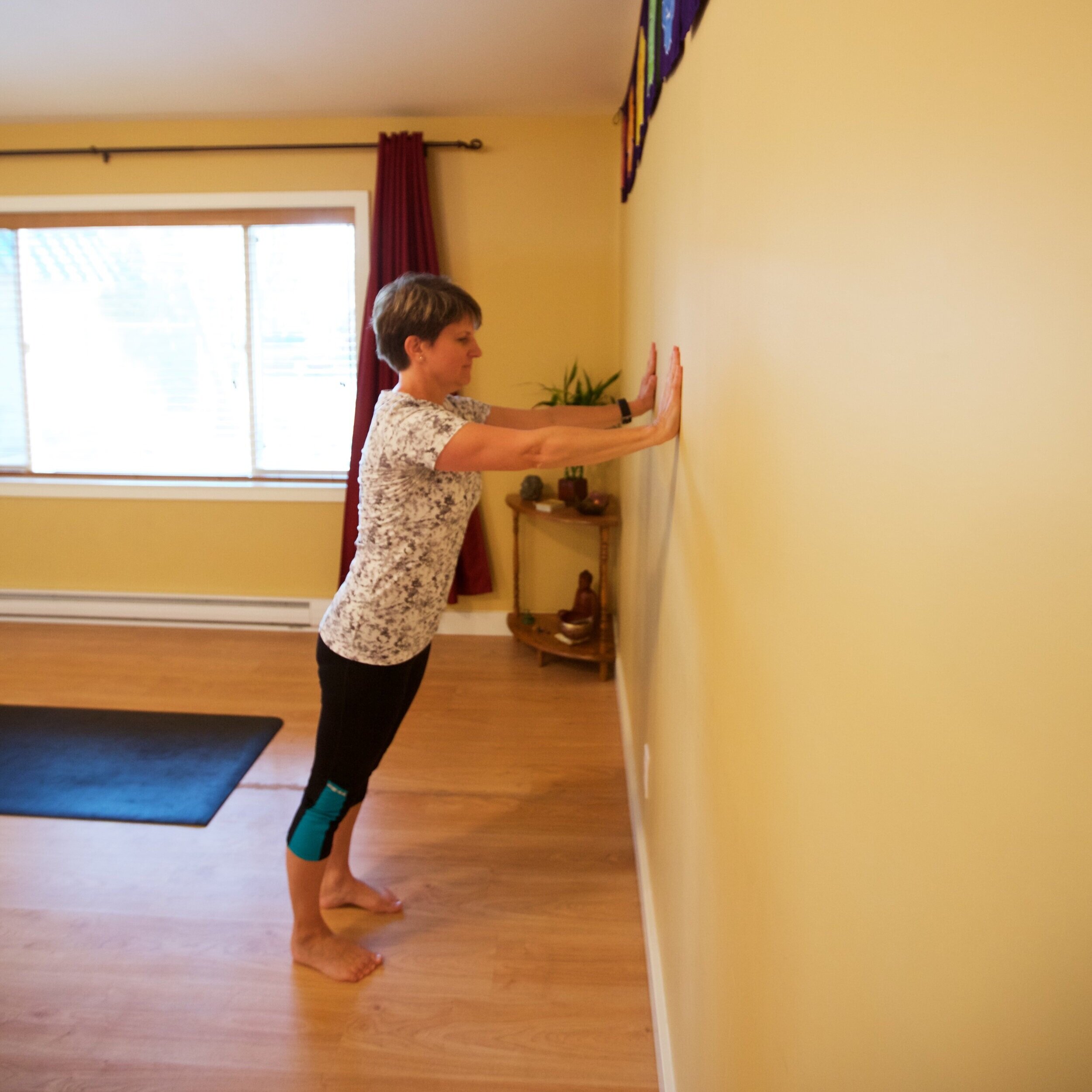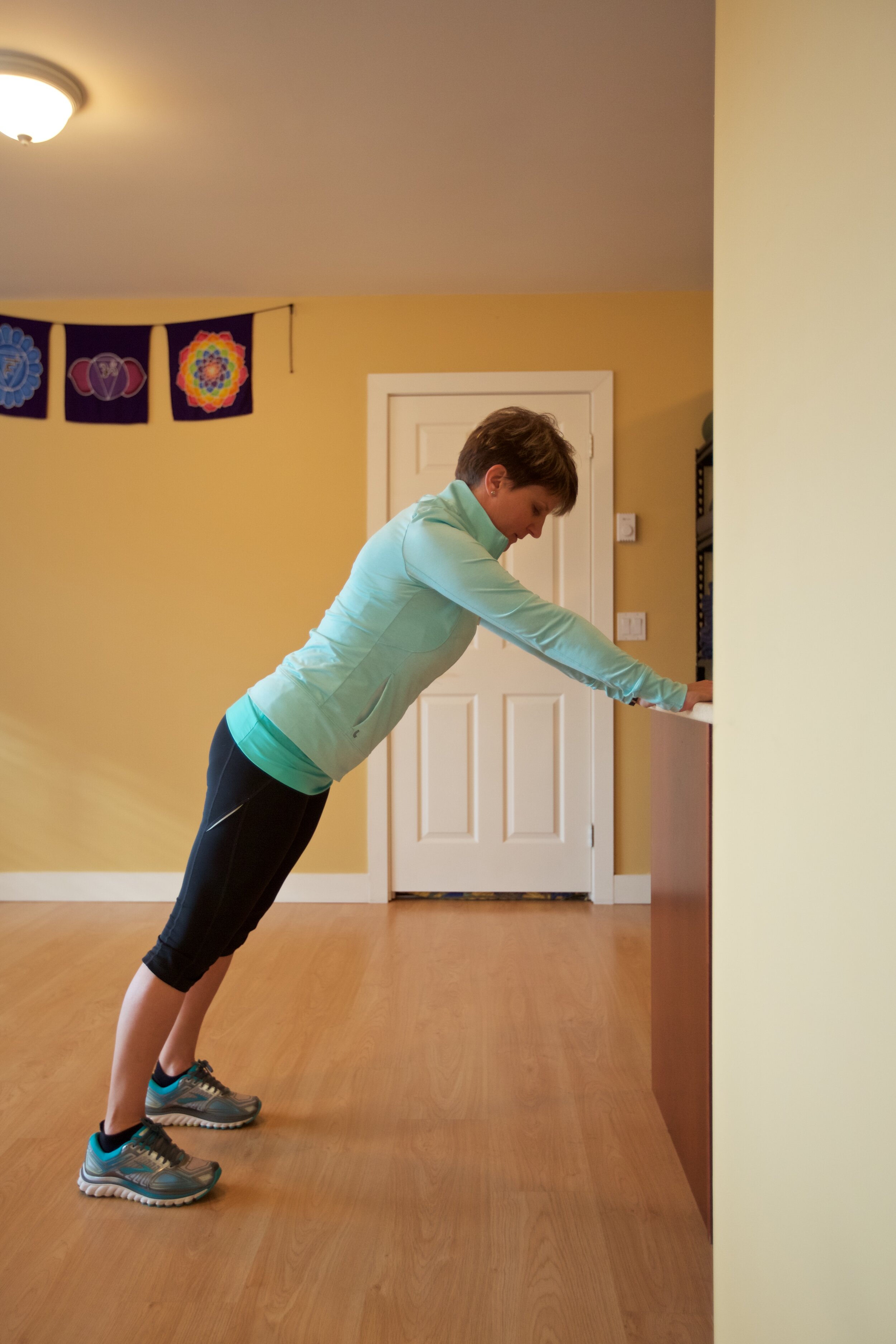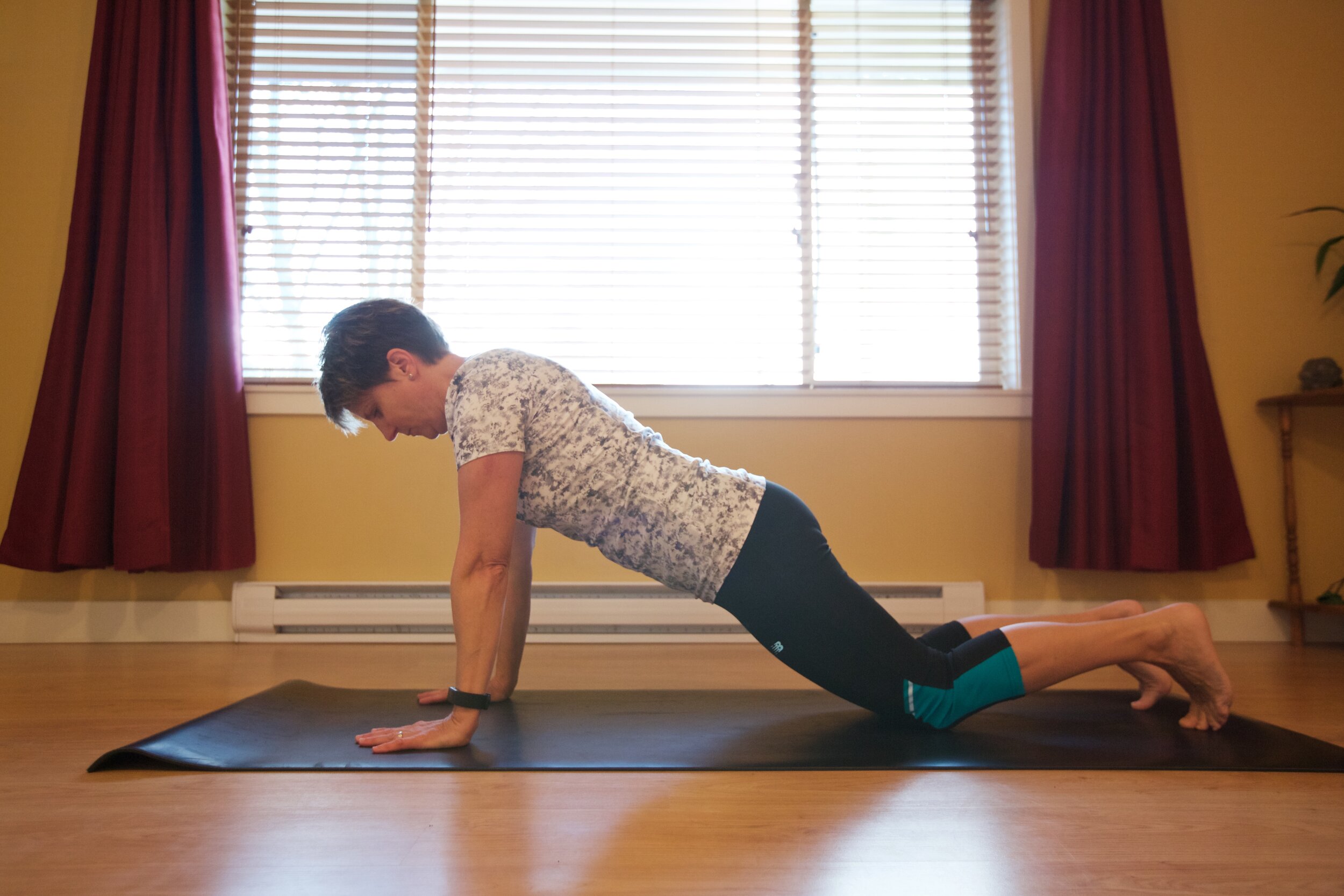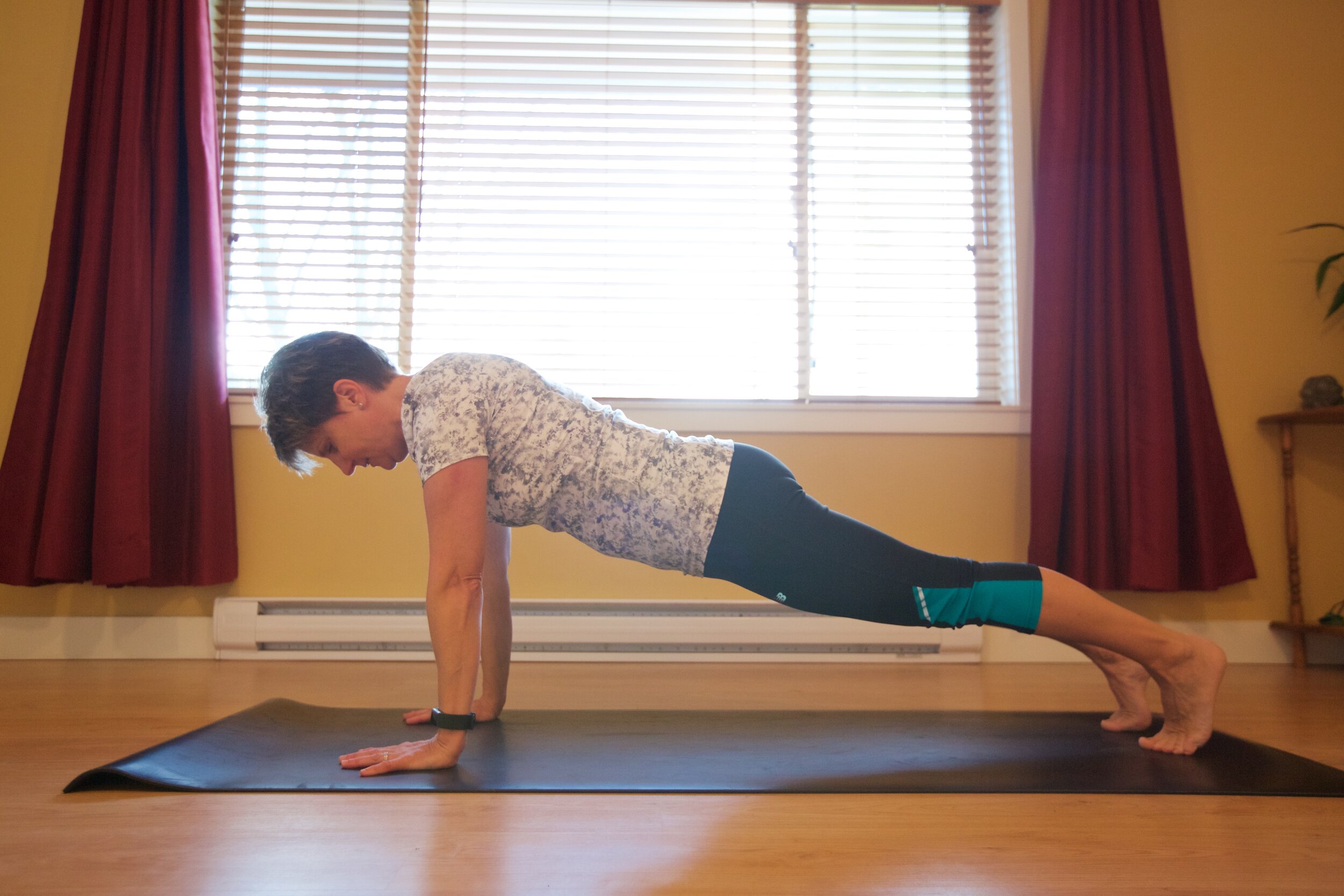Participants who are regulars in my Pilates inspired mat classes hear these phrases often:
"options for this exercise are .."
"listen to your own body"
"take breaks as needed".
As a participant myself of various fitness classes over the years, I have been on the other end of these guidelines. When the class instructor gives modification or variation suggestions and asks you to listen to your body, there can be an aspect of ego that sneaks in. Internal questions like: "which is the harder variation?", or "why can other people reach that far/twist that way/hold for that long?". It can be difficult to truly listen to your own body and modify in a way that works for you.
We need to remember that everyone's body is different. Genetically, our anatomy varies in aspects such as joint mobility and length of limbs. Beyond our genetics is everything that has happened to your body over your lifetime. Past injuries may cause obvious restrictions, or there may be adhesions in soft tissues that are not as evident but still affect physical abilities. Day to day movement patterns, job ergonomics, stress, sleeping position, and more, all add up to considerations on what works best for each body.
There is so much variety in both the bodies in a fitness class, and the ways we can modify any given exercise. Although caring instructors give some suggestions for modifications, it would take up most of class to give all the possible modifications for each exercise! So phrases like "listen to your own body" are not just given flippantly by the instructor. It means if you are experiencing pain, discomfort, or for any reason the instructions given don't work for you, know your body is unique. A class full of individuals can't possibly be doing the same things looking exactly the same as everyone else. Attending a fitness class is about taking care of your health, which includes taking care of your unique body.
Modifications and variations to an exercise or stretch can be done in a few general ways. Props are like a best friend giving support where needed. For example, use a strap to gain limb length; rather than staining to reach your foot, put a strap around the foot. Use a block or book or any other prop to add height under hands reaching to the floor. Number of repetitions or length of time doing an exercise can be changed to suit your fitness. If weights are involved, think of what the right weight is for you, where you can complete the exercise while maintaining proper form. Adjusting your body positioning is another option to modify. When an exercise calls for straight legs, you may choose to put a bend in your knee. In pilates we do several exercises with the upper body curled up, but a modification is to keep the head down, possibly with a folded towel under the head.
These are just a very few examples of modifications and variations. An exercise I like to refer to as an illustration is push ups. The thought of push ups can bring to mind a very fit, strong person. However, push ups are for everyone! Start your push up journey on a wall: place hands at shoulder height on the wall in front of you, engage the core, bend your elbows to lower the body toward the wall, and then extend the arms to push away. Incline push ups can be done on a counter top, sturdy table, or workout bench. On the floor, options include starting in plank and then lowering knees for a kneeling push up. Use a full plank position for a traditional push up. Elbows close to the side of your body will target the triceps muscles, elbows wider will target more into the pecs or chest muscles. So with this one exercise, there are so many options! By using modifications, no one has to miss out on this great way to strengthen.
Next time you are in a group class, or working with a fitness instructor, try not to glaze over when you hear "listen to your own body and modify as needed". Think about this as a great reminder to take very good care of your one unique body.









